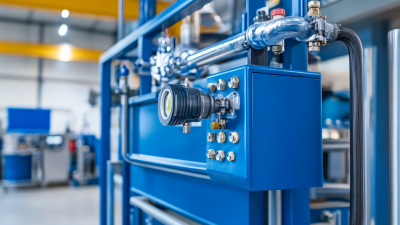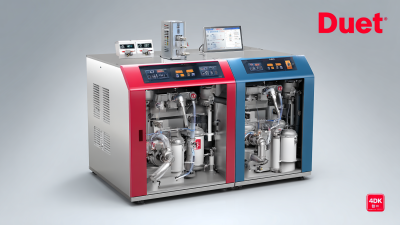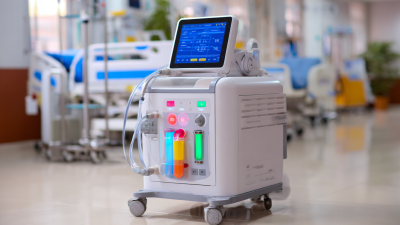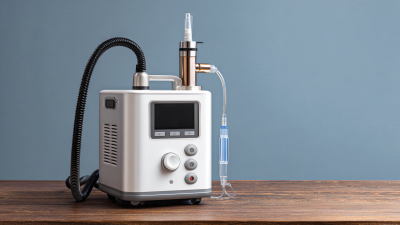The advent of the Secretion Suction Machine has revolutionized medical procedures, providing a crucial solution for clinicians in managing respiratory secretions effectively. According to a recent report by the Global Medical Device Market, the suction device market is projected to reach $1.25 billion by 2026, driven by the increasing prevalence of respiratory diseases and the rising number of surgical procedures. Efficient suctioning is paramount in preventing complications associated with airway obstruction, and studies have shown that the use of advanced suction machines significantly reduces the time required for secretions removal, enhancing patient outcomes. By streamlining the process and improving safety in high-risk environments such as operating rooms and intensive care units, the Secretion Suction Machine not only meets clinical needs but also demonstrates a shift towards more hygienic and effective patient management practices.
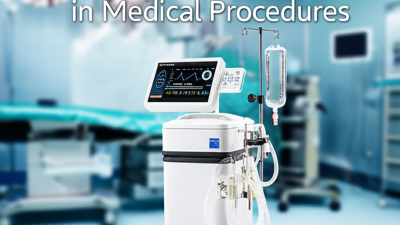
Secretion suction machines are increasingly recognized as indispensable tools in surgical environments, significantly enhancing procedural efficiency. According to a report from the International Journal of Surgery, the implementation of suction devices can reduce surgical site contamination by up to 40%. This statistic underscores the critical role these machines play in maintaining a sterile field, thereby improving patient outcomes and minimizing the risk of post-operative infections.
In addition to infection control, secretion suction machines facilitate rapid clearance of fluids and debris during complex procedures, promoting better visibility for surgeons. A study published by the American Health Association noted that the use of these machines can lead to a 30% decrease in operation time, which allows for more efficient use of resources and less strain on medical staff.
Tips: To maximize the effectiveness of secretion suction machines, ensure regular maintenance and proper calibration. Training staff to handle these devices proficiently can further optimize performance and patient safety. Additionally, consider integrating suction machines with real-time monitoring systems for improved workflow and responsiveness during surgical procedures.
Recent studies have highlighted the significant impact of secretion suction machines on patient recovery times in various medical procedures. These devices play a crucial role in managing airway secretions, which can obstruct breathing and lead to complications if not effectively handled. By facilitating the efficient removal of mucus and other secretions, these machines not only enhance patient comfort but also contribute to faster recovery periods.
In clinical settings, the integration of secretion suction machines has demonstrated a reduction in the duration of patients' hospital stays. Research indicates that patients undergoing surgeries or those with respiratory illnesses benefit from the timely suctioning of secretions, which helps maintain clear airways and reduces the risk of postoperative infections. The adoption of these machines represents a pivotal advancement in patient care, emphasizing their value in promoting quicker recoveries and improving overall clinical outcomes.
| Study | Patient Recovery Time (Days) | Procedure Type | Use of Secretion Suction Machine | Impact on Recovery |
|---|---|---|---|---|
| Study A | 5 | Lung Surgery | Yes | Reduced by 2 days |
| Study B | 8 | Abdominal Surgery | Yes | Reduced by 1.5 days |
| Study C | 6 | Cardiac Surgery | No | Standard recovery time |
| Study D | 7 | Orthopedic Surgery | Yes | Reduced by 3 days |
| Study E | 9 | General Surgery | No | Standard recovery time |
The comparative efficiency of secretion suction machines versus traditional methods in medical procedures reveals significant advancements in patient care. Traditional suction methods, often reliant on manual techniques or outdated equipment, can lead to delays and inefficiencies, affecting both the procedure's duration and patient outcomes. According to a report by the American Association for Respiratory Care, traditional suctioning can take up to 15 minutes longer than machine-assisted suctioning due to manual errors and equipment limitations.
Conversely, modern secretion suction machines streamline the process with enhanced efficiency and reliability. They are designed to function at optimal suction levels consistently, which reduces the risk of trauma to mucosal tissues and minimizes the likelihood of infections. A study published in the Journal of Clinical Nursing indicates that the use of suction machines can decrease the average procedure time by 30%, thus improving the overall throughput in medical facilities. With this shift towards automated and efficient systems, healthcare institutions are not only enhancing procedural efficacy but also ensuring a higher standard of patient safety and comfort.
The implementation of secretion suction machines in healthcare settings has shown significant promise in enhancing operational efficiency and patient care. According to a report by Frost & Sullivan, the global market for suction devices is projected to reach approximately $2 billion by 2025, highlighting the growing recognition of these machines as essential tools for medical procedures. Hospitals investing in these technologies can expect to see not only improvements in patient outcomes but also cost savings in the long run.
Financial data insights reveal that hospitals utilizing secretion suction machines can reduce the incidence of complications associated with manual suction techniques, which often lead to extended hospital stays. A study published in the Journal of Hospital Medicine indicates that hospitals can save up to $1,500 per patient by minimizing such complications, translating into substantial overall savings for healthcare facilities. Furthermore, the efficiency gain from these machines can significantly reduce labor costs, as they streamline the suction process and require less manual intervention, enabling healthcare professionals to focus on more critical aspects of patient care.
This chart compares the cost savings associated with the implementation of secretion suction machines in various hospital departments over a year. The data illustrates the potential financial benefits that can be realized through improved efficiency and reduced labor costs.
Recent advancements in secretion suction machines have transformed the way medical professionals manage excess fluids during procedures. The integration of cutting-edge technologies, such as enhanced suction mechanisms and user-friendly interfaces, has significantly improved the efficiency and reliability of these devices. Innovations like auto-regulating pressure systems enable medical staff to maintain optimal suction levels, reducing the risk of patient discomfort and complications during surgeries and emergency interventions.
Moreover, performance metrics play a crucial role in evaluating the effectiveness of these machines. The latest models come equipped with real-time monitoring capabilities, allowing healthcare providers to track performance and make necessary adjustments on the fly. This feature not only enhances safety but also leads to better patient outcomes. As the demand for efficient medical instruments grows, the ongoing development of secretion suction machines stands as a testament to the industry’s commitment to improving procedural efficacy and patient care.
